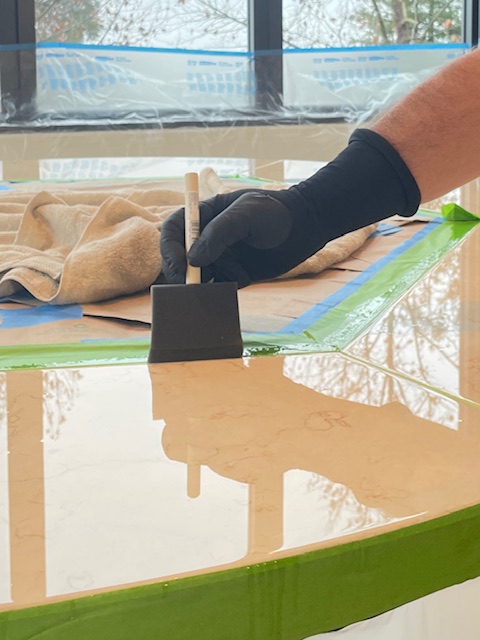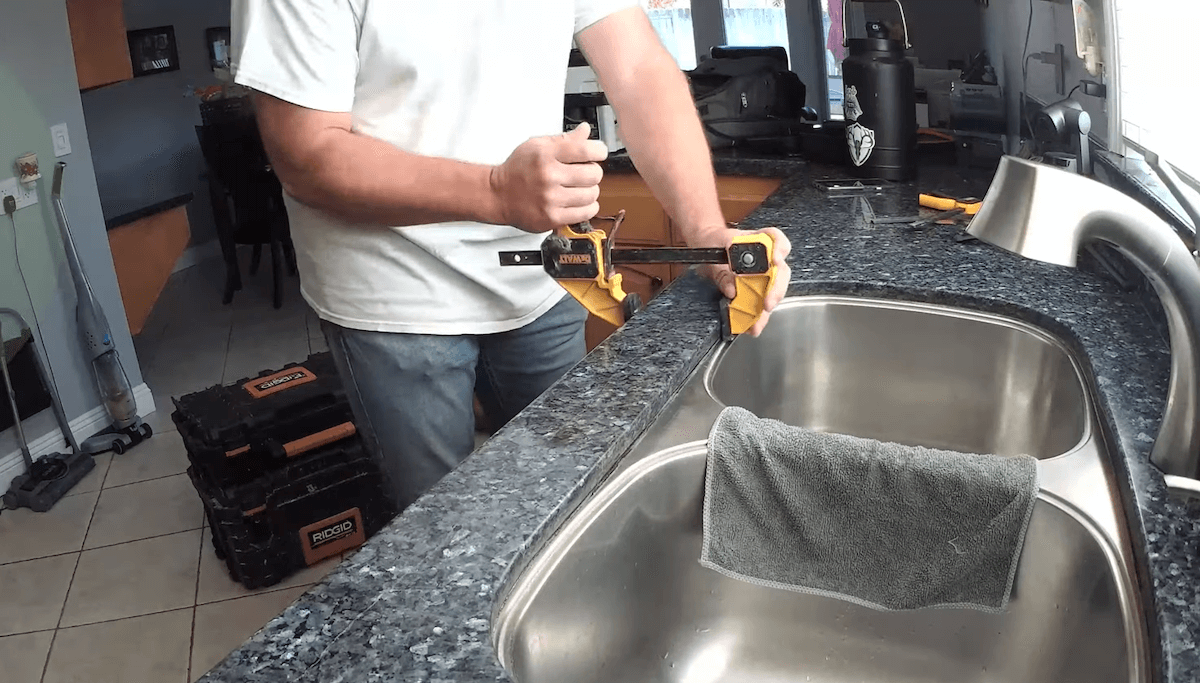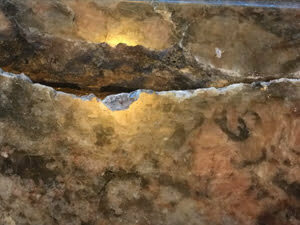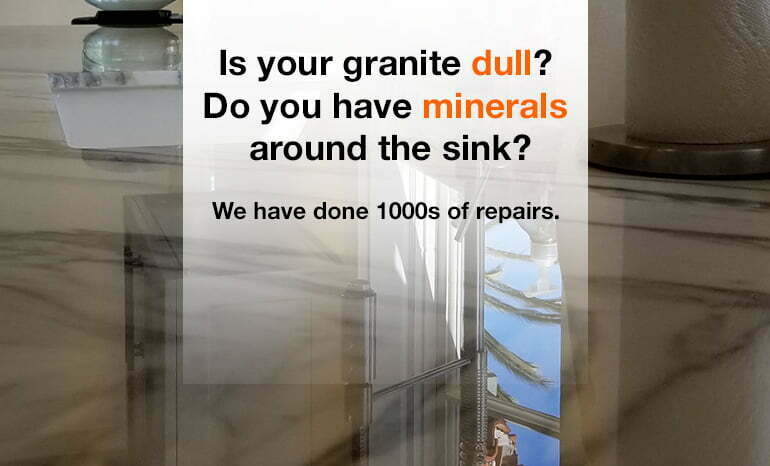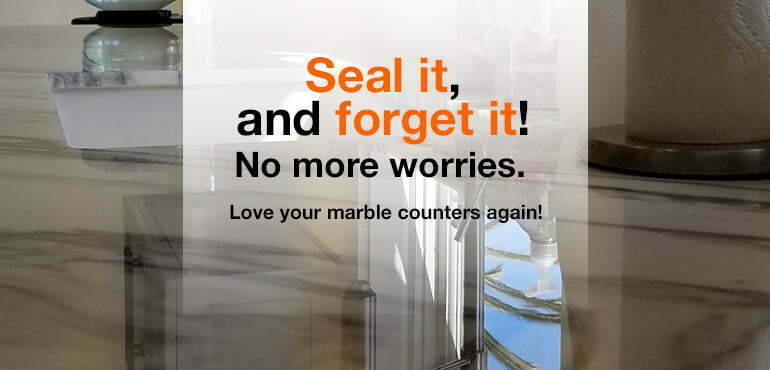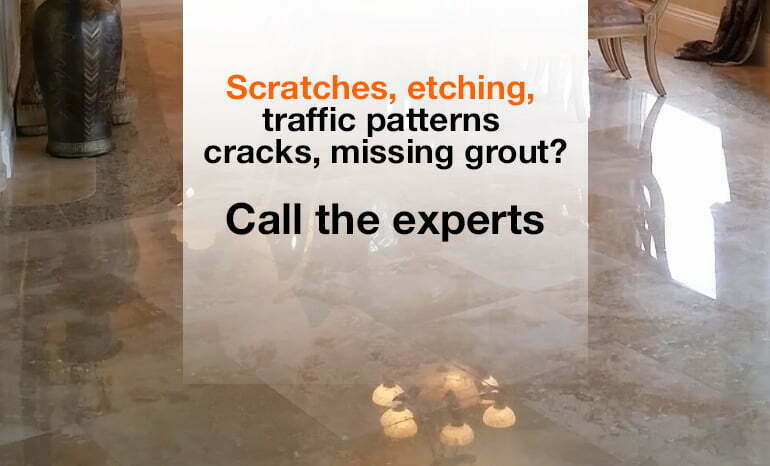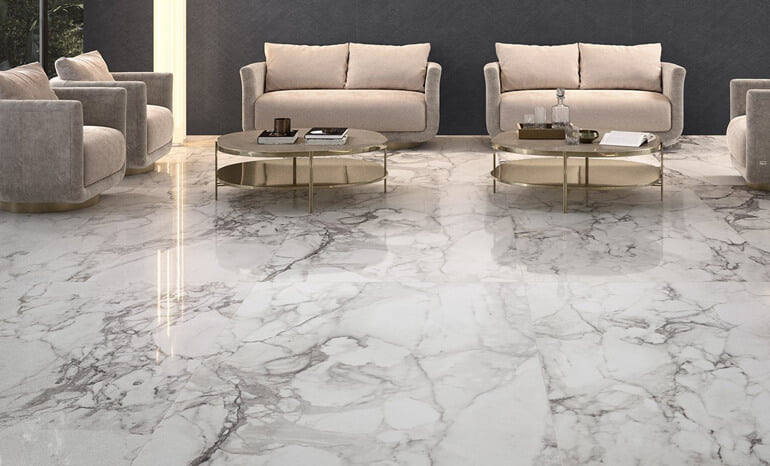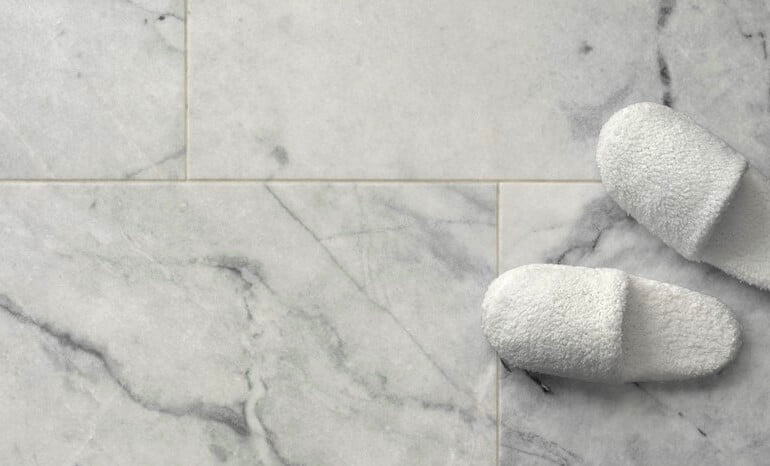One of the simplest yet most effective methods to keep your fireplace looking its best is regular cleaning with hot water. This method is easy on the stone and doesn’t involve harsh chemicals that could damage its surface.
The Power of Hot Water Rinses for Stone Fireplaces
Hot water is surprisingly effective at cleaning fireplace stone. It helps to loosen soot and dirt, making it easier to wipe away without the need for abrasive scrubbers or strong chemicals. To use this method, you’ll need:
- A bucket of hot water
- A soft cloth or sponge
- Gloves to protect your hands from the heat
Simply dip your cloth in the hot water, wring out the excess, and gently wipe over the stone surface. Afterward, use a clean, dry cloth to dry the area. This method is not only easy but also environmentally friendly and safe for most stone types.
DIY Vinegar Solutions for Soot and Grime
For tougher stains, a homemade vinegar solution can be a game-changer. Mix equal parts white vinegar and water in a spray bottle, adding a teaspoon of dish soap to cut through greasy soot. Spray this mixture onto the stained area, let it sit for a few minutes, then scrub gently with a soft brush. Rinse with hot water and dry thoroughly.
Daily Habits to Keep Your Fireplace Stone Clean
Reducing soot accumulation is key to maintaining the appearance of your fireplace stone. Simple daily habits can make a big difference:
- Only burn seasoned wood, which burns cleaner than wet or “green” wood.
- Keep the fireplace damper open to improve air circulation and reduce soot buildup.
- Clean out ashes regularly to prevent excess soot from rising and staining the stone.
Addressing Stubborn Stains
Removing Wine Stains from Fireplace Stone
Wine stains on fireplace stone require a gentle but effective approach. Make a paste using baking soda and water, apply it to the stain, and leave it overnight. Rinse it off the next day with hot water. This method can lift the stain without harming the stone’s surface.
Techniques for Erasing Candle Wax from Stone Surfaces
Candle wax can be tricky to remove once it hardens on the stone. Here’s a simple technique to tackle it:
- Wait for the wax to harden completely.
- Use a plastic scraper to gently remove as much wax as possible.
- Apply a hairdryer on low heat to soften the remaining wax, then blot it away with a clean cloth.
- Clean any leftover residue with your vinegar solution.
The Importance of Regular Fireplace Inspections
Maintaining a stone fireplace’s aesthetic and functional integrity isn’t just about the immediate cleaning and care; it’s about preventative measures that ensure long-term cleanliness and safety. Among these preventative measures, regular fireplace inspections stand out as crucial. These inspections, ideally conducted annually, serve not only as a means to avert soot and stain issues but also as a vital safety check that can prevent potential hazards.
Why Inspections Are Necessary
Fireplaces, especially those with stone facades, are more than just aesthetic features in a home. They are complex systems designed to safely contain and vent the byproducts of fire. Over time, these systems can become less efficient due to wear and tear, leading to issues such as excessive soot production, staining of the stone, and even the risk of fire hazards. Regular inspections help identify and mitigate these risks early, ensuring the fireplace continues to operate both cleanly and efficiently.
Key Elements of a Fireplace Inspection
1. Obstruction Check in the Chimney
One of the first things a professional inspector looks for is obstructions in the chimney. Natural debris like leaves and branches, as well as nests from birds or other animals, can block the chimney flue. This blockage can significantly reduce airflow, leading to inefficient burning and increased soot and creosote buildup. In severe cases, it can even cause dangerous backdrafts of smoke into the home.
2. Creosote Buildup
Creosote, a sticky, flammable substance that results from the incomplete combustion of wood, is another focal point of inspections. It can accumulate on the inner walls of the chimney, reducing the chimney’s effectiveness in venting smoke and potentially leading to chimney fires. Regular cleaning to remove creosote buildup is essential for safety and efficiency.
3. Damper Functionality
The damper, a movable plate that sits above the fireplace opening, allows control over the fireplace’s draft. It’s crucial for the damper to open and close fully; if it doesn’t, it can lead to poor ventilation and increased soot accumulation on the stone. Inspectors ensure the damper is not only functional but also provides an optimal seal when closed to prevent energy loss.
Benefits of Regular Inspections
There are many benefits of conducting these inspections on an annual basis:
- Preventing Soot and Stain Problems: By ensuring that the fireplace and chimney are free from obstructions and creosote buildup, and that the damper is fully operational, homeowners can significantly reduce the risk of soot staining their beautiful stone fireplace. This proactive approach not only maintains the fireplace’s aesthetics but also its health and longevity.
- Enhancing Efficiency: A clean, well-maintained fireplace and chimney system burn more efficiently, providing more warmth with less wood. This efficiency can translate into cost savings on heating and a smaller environmental footprint.
- Improving Indoor Air Quality: Regular inspections and cleanings help prevent the buildup of harmful byproducts like carbon monoxide, improving the home’s overall air quality.
- Ensuring Safety: Perhaps most importantly, these inspections are vital for preventing chimney fires and other hazards. A clean, obstruction-free chimney is far less likely to contribute to a fire, protecting both the home and its occupants.
When to Schedule an Inspection
The best time to schedule an inspection is in late summer or early fall, before the start of the burning season. This timing ensures that any issues are addressed before the fireplace is used regularly, providing peace of mind throughout the colder months. However, if the fireplace is used extensively, more frequent inspections and cleanings may be necessary.
What Homeowners Can Do
While professional inspections are essential, homeowners can also take steps to monitor their fireplace and chimney:
- Regular Visual Checks: Keep an eye on the amount of soot and creosote accumulation inside the fireplace and at the bottom of the chimney. Excessive buildup between professional cleanings may indicate a problem.
- Monitor Fireplace Performance: Changes in the fireplace’s burning efficiency, smoke spillage into the room, or unusual odors can all signal issues that might require professional attention.
- Stay Informed: Understanding the basics of fireplace and chimney operation can help homeowners identify potential issues early and communicate more effectively with professionals during inspections.
Regular fireplace inspections are a cornerstone of responsible stone fireplace ownership. They ensure that the fireplace remains a source of warmth and comfort, rather than a potential source of soot stains or, worse, a safety hazard. By investing in annual inspections and addressing any issues promptly, homeowners can enjoy the beauty and warmth of their stone fireplace for years to come, secure in the knowledge that they are doing everything possible to maintain this focal point of their home safely and efficiently.
FAQ
How do you remove soot from fireplace stones?
To remove soot from fireplace stones, mix a solution of water and a gentle dish soap. Use a soft brush to apply the mixture, scrubbing gently to avoid scratching the stone. Rinse with clean water and dry with a soft cloth. For tougher soot stains, a mixture of water and baking soda can be used to create a gentle scrubbing paste.
What is the best chemical to remove soot?
The best chemical to safely remove soot from surfaces without causing damage is trisodium phosphate (TSP). It's a strong cleaner that must be diluted according to the package instructions. Always wear gloves and ensure good ventilation when using TSP to protect your skin and lungs.
What is the best cleaner for a limestone fireplace?
For cleaning a limestone fireplace, it's important to use a pH-neutral cleaner specifically designed for natural stone. These cleaners effectively remove dirt and grime without damaging the delicate surface of limestone.
How do you get stains out of limestone?
To remove stains from limestone, create a poultice by mixing a substance like baking soda with water to form a thick paste. Apply this paste to the stain, cover it with plastic wrap, and let it sit for 48 hours. Gently remove the poultice, and rinse the area with water. Repeat if necessary.
Can you paint over a stone fireplace?
Yes, you can paint over a stone fireplace. Start by thoroughly cleaning the stone surface and allowing it to dry. Apply a primer suitable for stone, followed by paint specifically designed for masonry or stone surfaces. Choose a heat-resistant paint if the fireplace is in use.
How do you prepare a stone fireplace for painting?
To prepare a stone fireplace for painting, start by cleaning the surface thoroughly to remove any soot, dust, or debris. Use a mild detergent mixed with water and a scrub brush to gently clean the stone, then rinse with clean water and let it dry completely. Next, apply a quality primer designed for stone or masonry to ensure the paint adheres properly. Once the primer is dry, you're ready to paint your fireplace with a suitable masonry or high-temperature paint.
Will muriatic acid damage stone?
Yes, muriatic acid can damage stone. It's a very strong acid that can etch the surface of many types of stone, especially softer stones like limestone or marble. It can also dissolve the mortar between stones. If you need to clean stone, it's safer to use a pH-neutral cleaner specifically designed for stone care to avoid damaging the stone surface.
How do I clean a concrete hearth?
To clean a concrete hearth, start by sweeping away any loose dirt or debris. Then, mix a solution of mild detergent and water. Use a scrub brush or sponge to apply the solution, scrubbing gently to remove stains and buildup. Rinse the area thoroughly with clean water and allow it to dry. For stubborn stains, a mixture of baking soda and water can be applied to the stain, left to sit for a few hours, and then scrubbed and rinsed away.
Can you modernize an old stone fireplace?
Yes, you can modernize an old stone fireplace in several ways. Painting the stone is a popular option that can instantly update the look. Choosing a neutral or modern color can transform the fireplace into a contemporary focal point. Additionally, updating the mantel with a more modern design, installing a new hearth, or adding modern decor around the fireplace can also help modernize its appearance. Consider consulting with a design professional to find the best options for your space.
How do you change the color of a rock fireplace?
To change the color of a rock fireplace, you can paint it. First, clean the surface thoroughly. Then, apply a primer made for stone surfaces. Once the primer dries, paint the fireplace with masonry paint in your chosen color. Make sure the paint is suitable for high temperatures if you plan to use the fireplace.
Can you use vinegar to clean a stone fireplace?
Yes, but with caution. Diluted vinegar can be used on some stone fireplaces for light cleaning. However, vinegar is acidic and can damage natural stone like marble or limestone over time. It's best to use a pH-neutral cleaner specifically designed for stone to avoid any damage.
What’s the best way to clean a stone fireplace?
The best way to clean a stone fireplace is by using a pH-neutral cleaner made for stone. Dust the surface first, then apply the cleaner with a soft cloth or sponge and gently scrub. Rinse with clean water and dry with a soft towel. Avoid acidic cleaners to prevent damage to the stone. What is the best cleaner for natural stone? The best cleaner for natural stone is a pH-neutral cleaner specifically formulated for use on natural stone surfaces. These cleaners effectively remove dirt and grime without damaging the stone.
How do you remove water stains from a stone fireplace?
To remove water stains from a stone fireplace, create a poultice from baking soda and water to form a paste. Apply it to the stain, cover it with plastic wrap, and leave it for 24 hours. Remove the poultice and rinse with clean water. Repeat if necessary.
Is it hard to remove a stone fireplace?
Yes, removing a stone fireplace can be challenging and labor-intensive. It requires careful dismantling to avoid damaging the surrounding area. Hiring a professional is recommended to ensure the job is done safely and effectively.
Does a stone fireplace increase a home’s value?
Yes, a stone fireplace can increase a home's value. It's a desirable feature for many buyers, adding aesthetic appeal and a sense of warmth to the living space, which can make a home more attractive on the market.
How much does it cost to re-stone a fireplace?
The cost to re-stone a fireplace varies widely based on the type of stone used, the size of the fireplace, and labor costs. Prices can range from several hundred to several thousand dollars. Getting quotes from contractors can give you a more accurate estimate.
Can you tile over a stone fireplace?
Yes, you can tile over a stone fireplace. The key is to ensure the stone surface is clean, stable, and smooth. You may need to apply a layer of mortar or a cement backer board as a base for the tiles. Use adhesive and grout suitable for high temperatures if the fireplace is in use.
What to do with a 1970s stone fireplace?
To update a 1970s stone fireplace, consider painting it for a fresh look, installing a modern mantel, or adding a new hearth. Alternatively, embracing its vintage charm with complementary decor can also breathe new life into the room.
